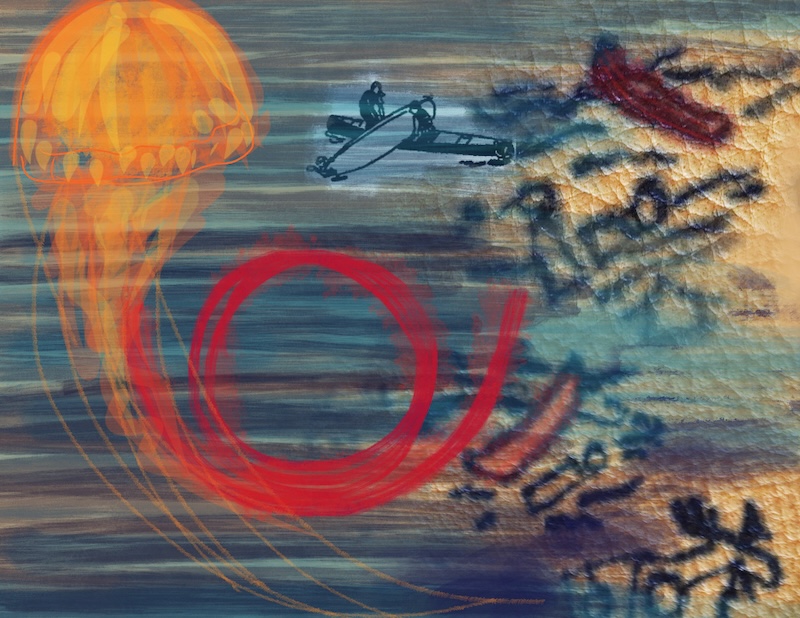
Our April circle opened with a short activity appreciating Tyson Yunkaporta’s Sand Talk teachings of symbol-making as a way to bring together our “dissimilar minds.” Interestingly, assembling themes together now after some time has passed, I’m discovering that Yunkaporta’s next book Right Story: Wrong Story opens and continues with canoe stories, an association that came up throughout our dialogue, and in the resulting art piece above. We also opened by being treated to captivating marine storytelling of one circle participant’s family surviving tense moments in pirate waters, which they did through dialogue, strategy and prioritization, then sober assessment once the threat had passed.
Alongside these dramatic narratives, we talked about skills and strengths developed in other emergencies or high-risk situations, and how seeking patterns and implementing systems is beneficial for quick problem-solving. This was a shift in approach from other conversations, since we generally find greater inspiration in more generative and dynamic processes, with the hope that grassroots problem-solving is gaining momentum counter to the mechanistic status quo. We spoke briefly of the Moosehide campaign as one such grassroots initiative, with its growing profile in our communities demonstrating a new commitment to women’s safety and Indigenous women, children and gender diverse people’s safety in particular. One person in the circle queried that although so many arising initiatives “feel good and right,” there is also a “struggle with time,” questioning if transformation is happening quickly enough. Perhaps crisis-oriented quick responses are indeed needed in such realms as climate action. When someone added that we should “travel at the speed of love,” we returned to the school system as we often do, reflecting that there is rarely enough time for the gentleness that many learners seem to really need in the times we are in. Our circle enacts taking the time for gentleness, which hopefully allows each of us to also find the time to do so for others in our various roles and spaces.
A memorable connection also came through learning about and appreciating jellyfish – from the crisis-connected symbolism to be found in their way of moving backwards to go forward, to their sensitivity and integration with the environment. Circling back to the Australia Aboriginal context we opened with, jellyfish teachings brought from this web page acknowledge the spiritual significance of jellyfish, evoking “adaptability, resilience, and transformation.” We are also reminded to heed boundaries, value cleansing and purifying, and preserve the ecosystem balance needed for this delicate species to thrive.
In addition to all this richness, there was a moment that brought great purpose to the work we are doing together. Noticing that sharing our stories with others allows them to carry the teachings to others, we also noted that we can give and receive support when someone needs their own stories returned to them as medicine in a time of crisis or confusion.
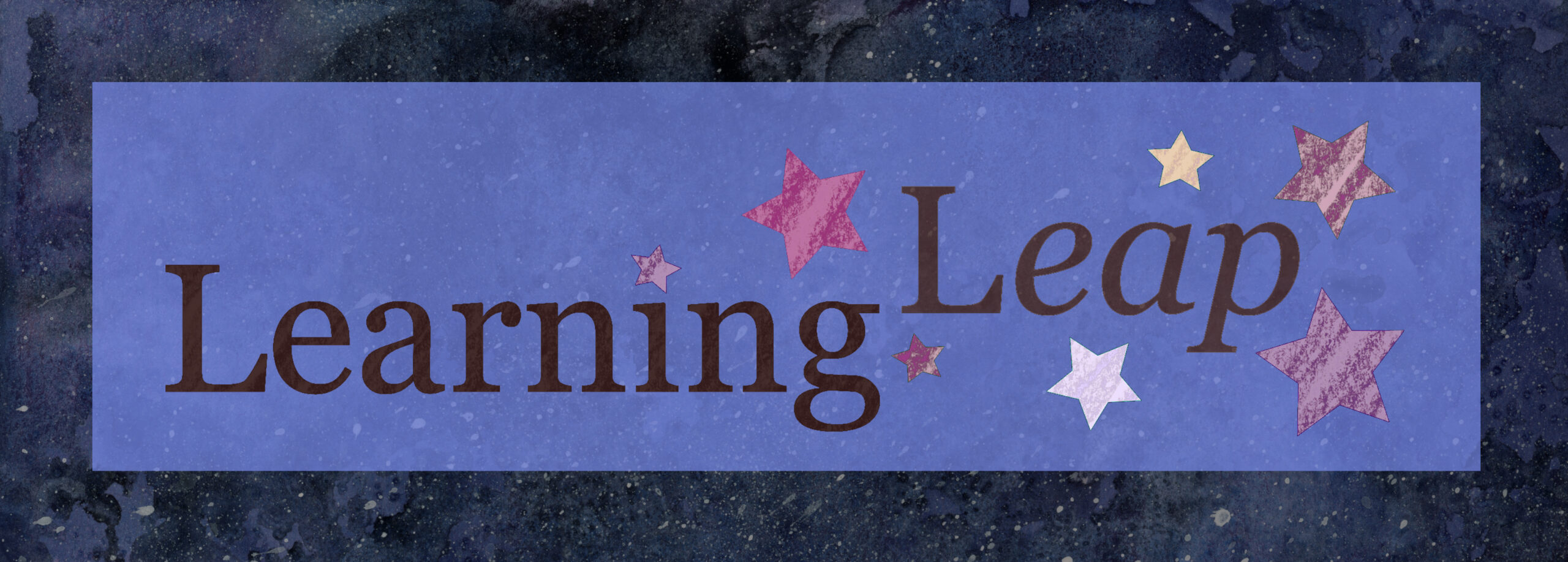
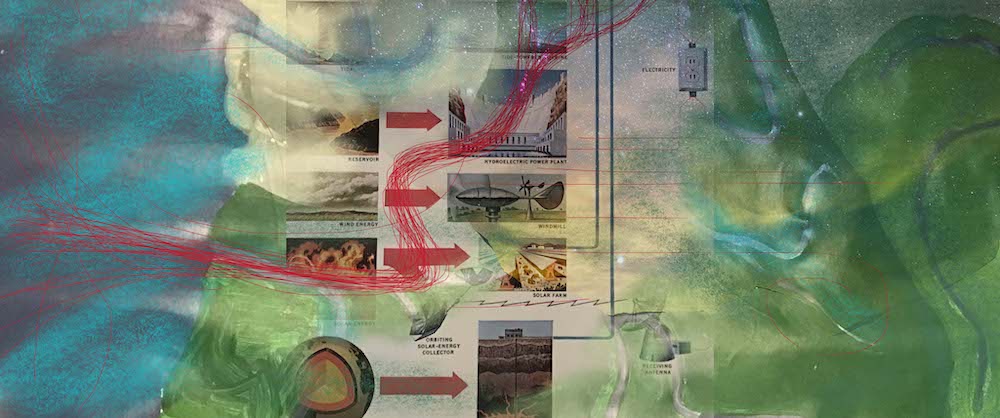
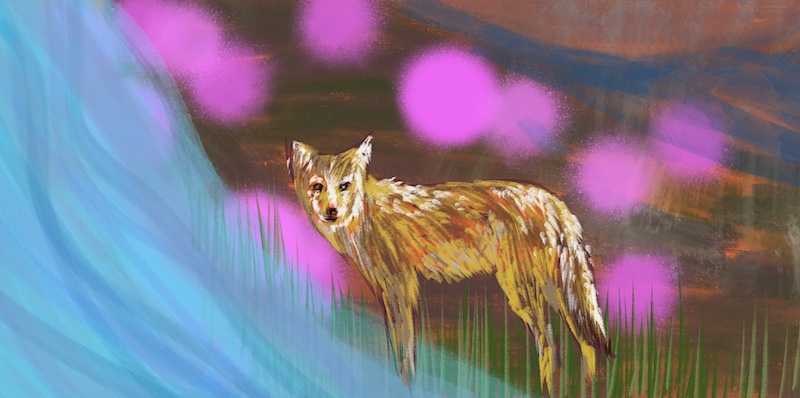
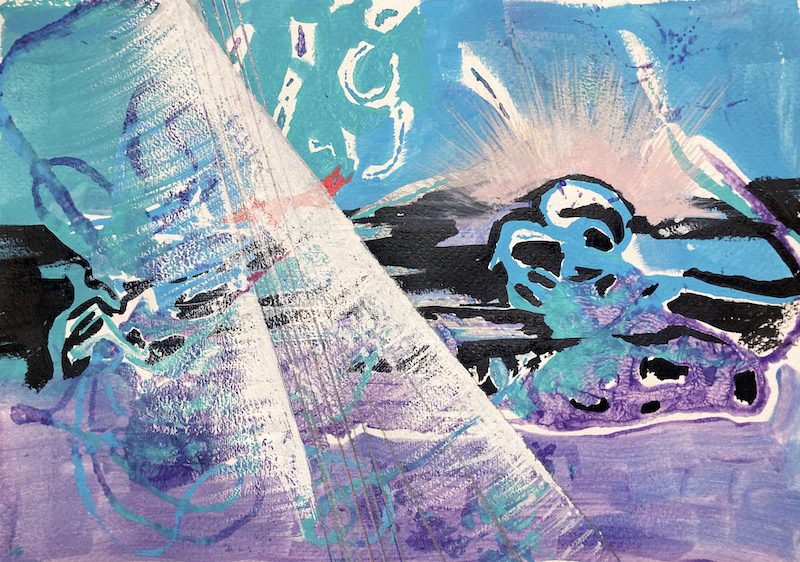
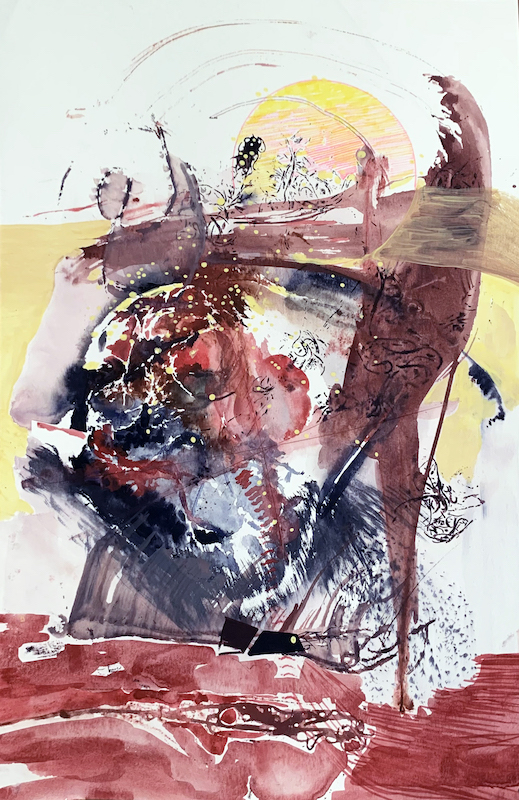
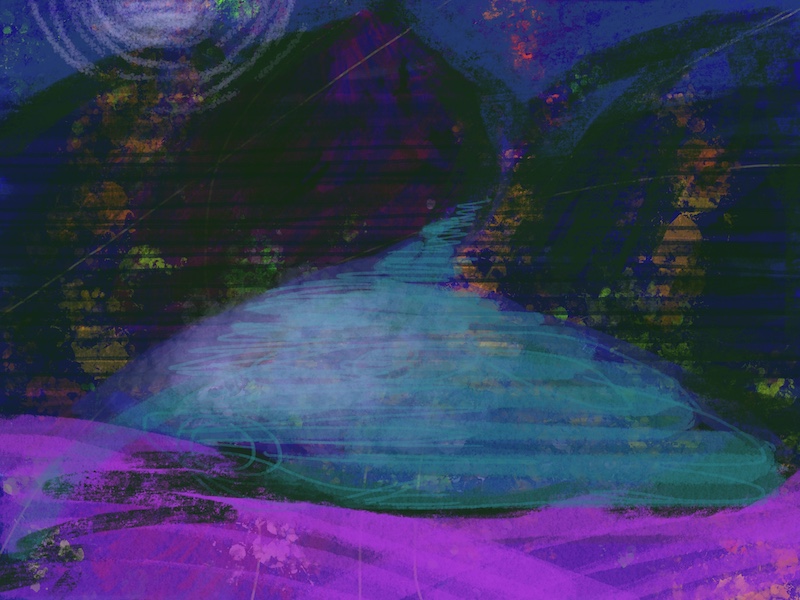
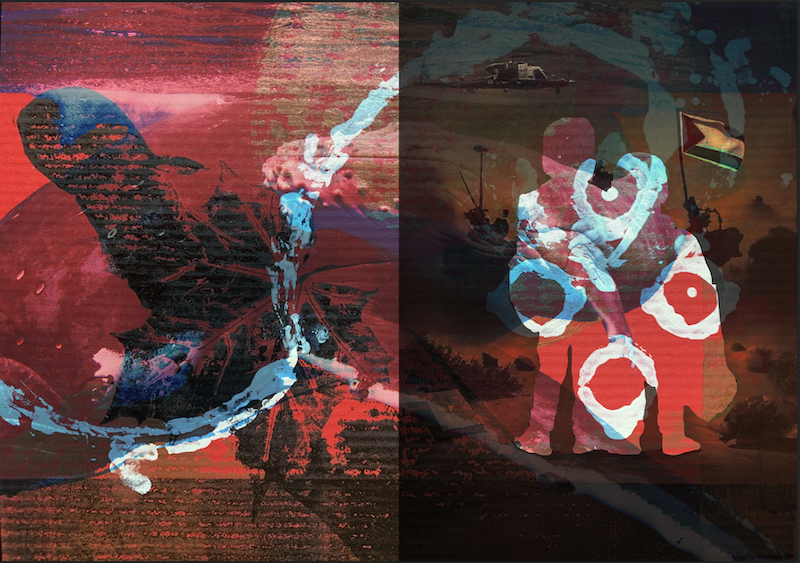

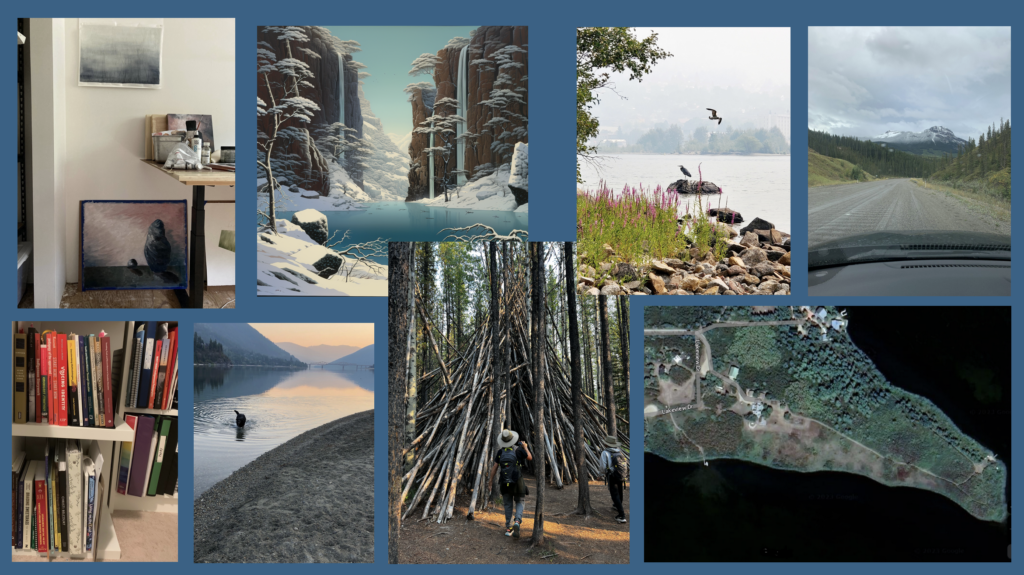
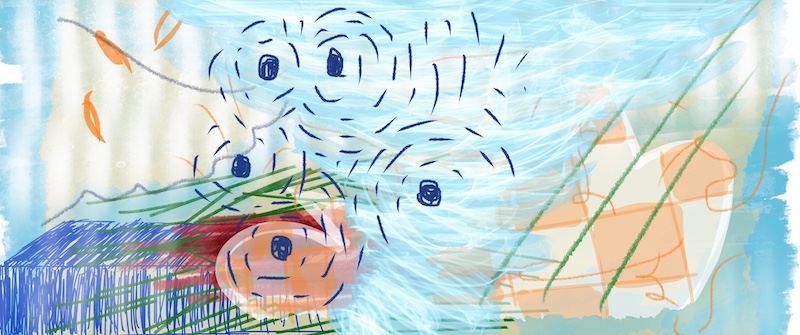
Recent Comments